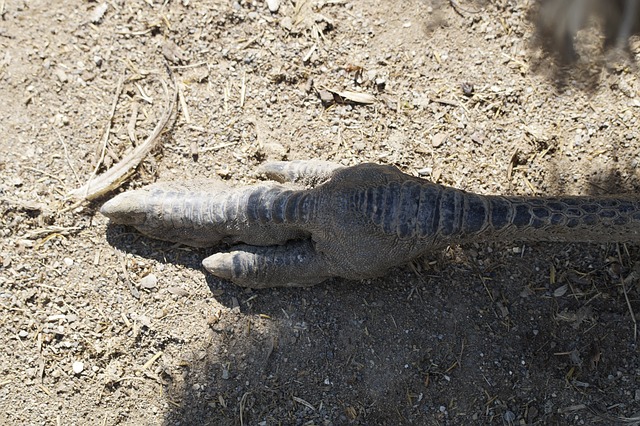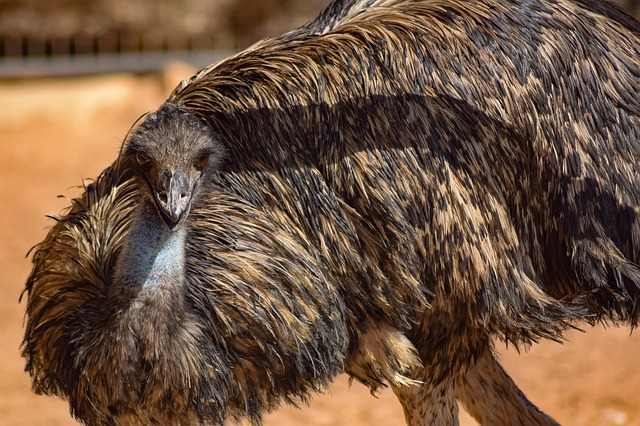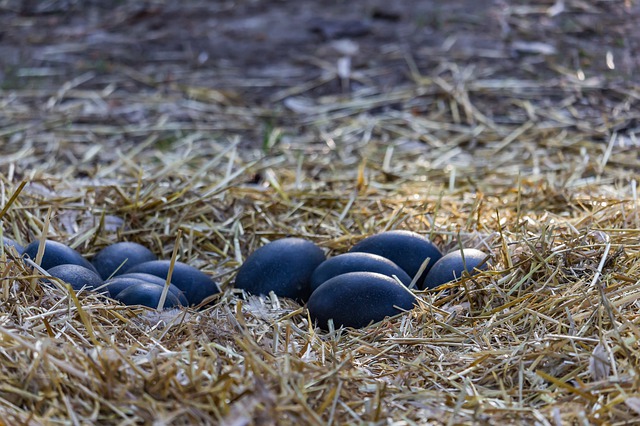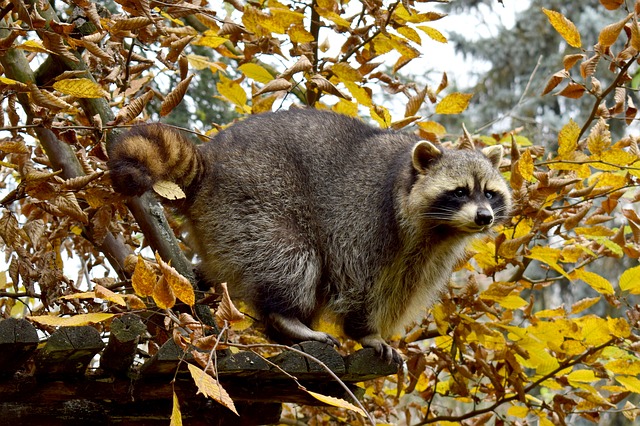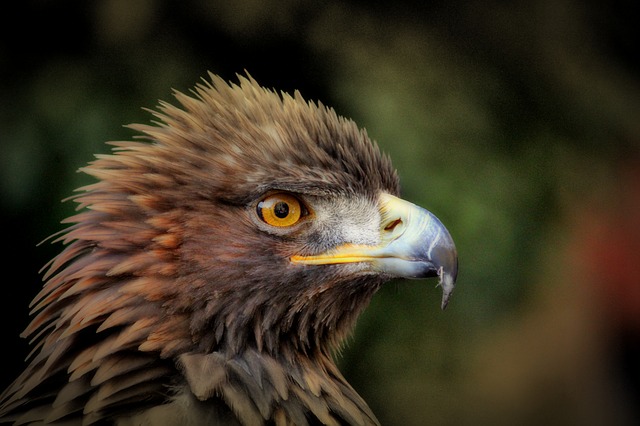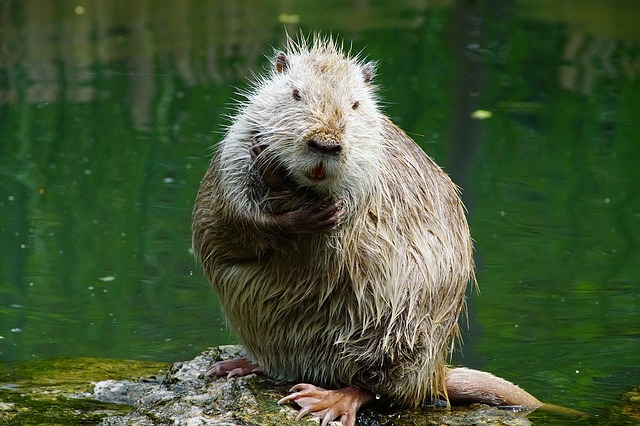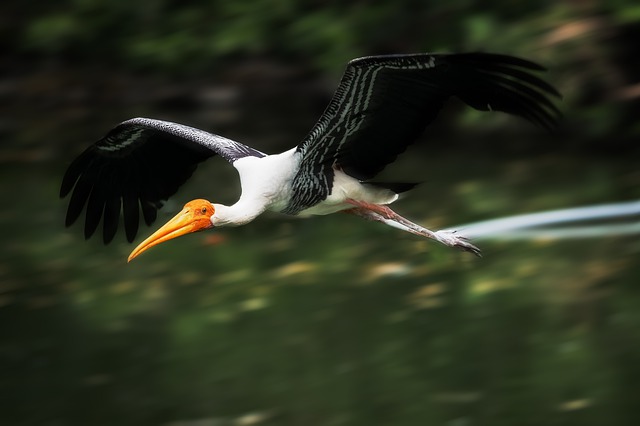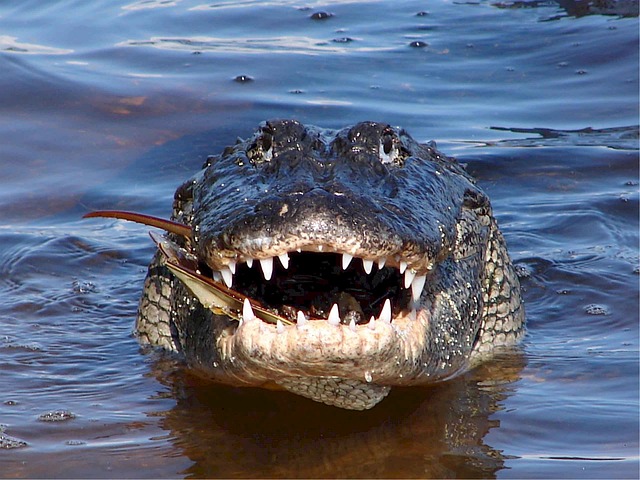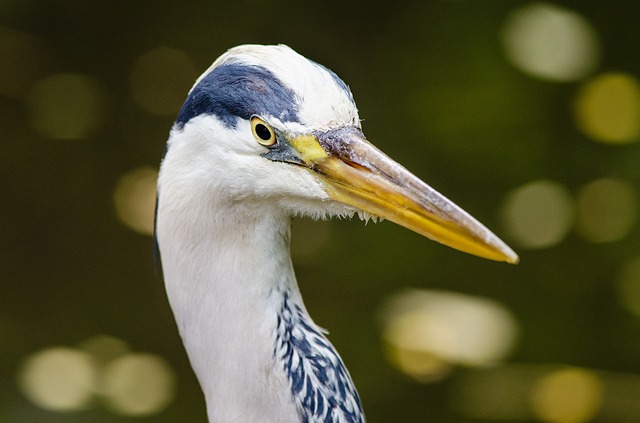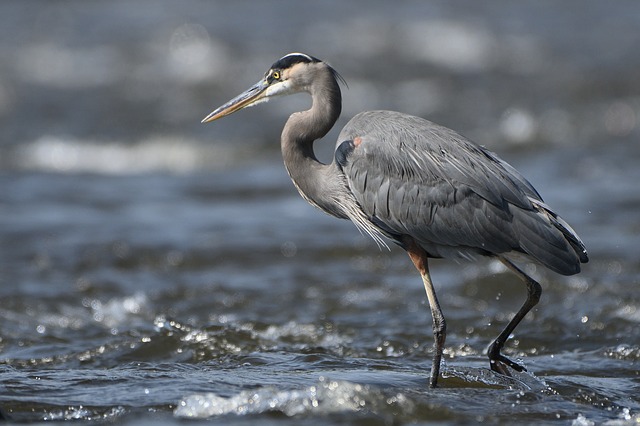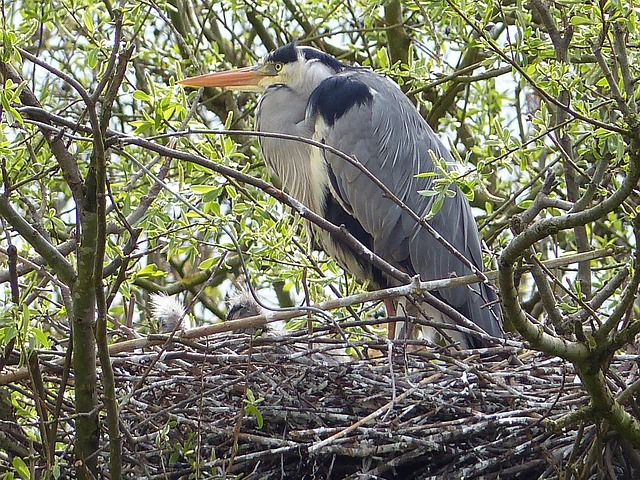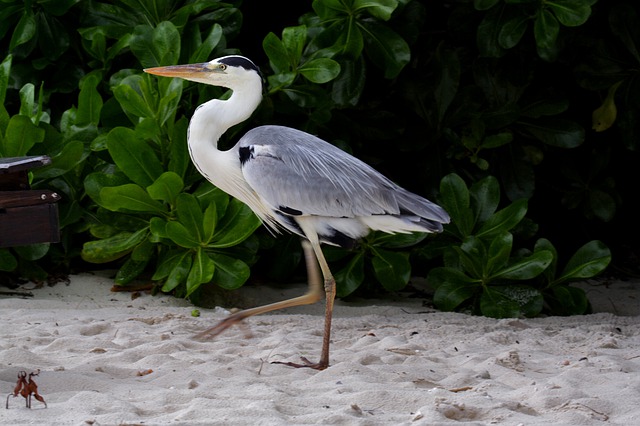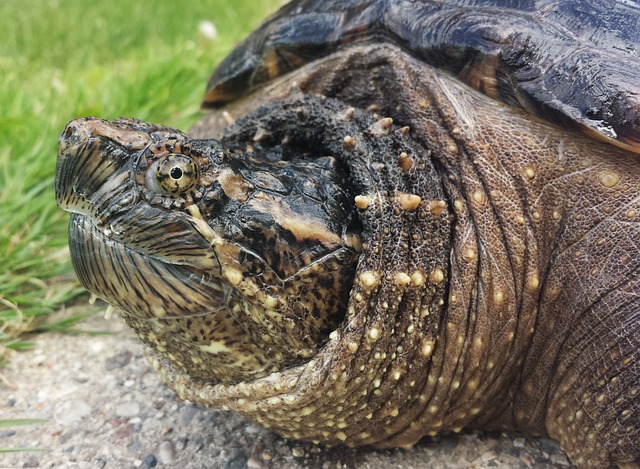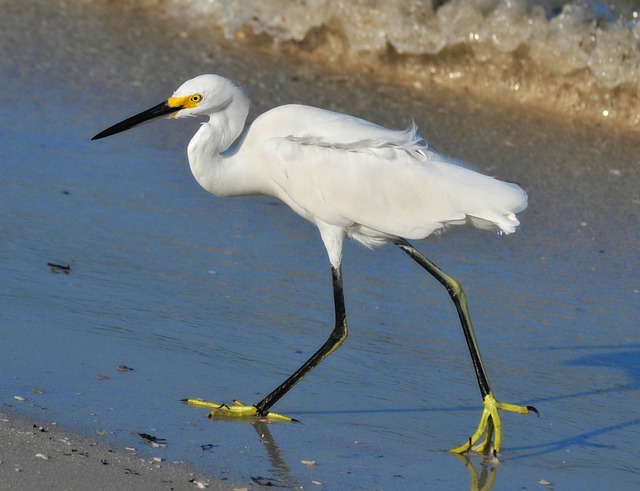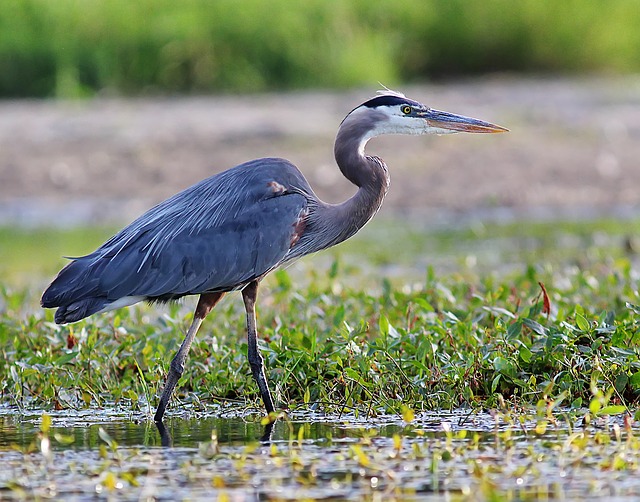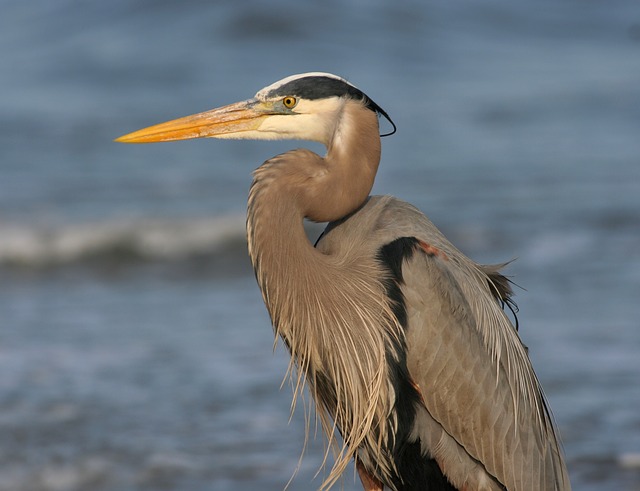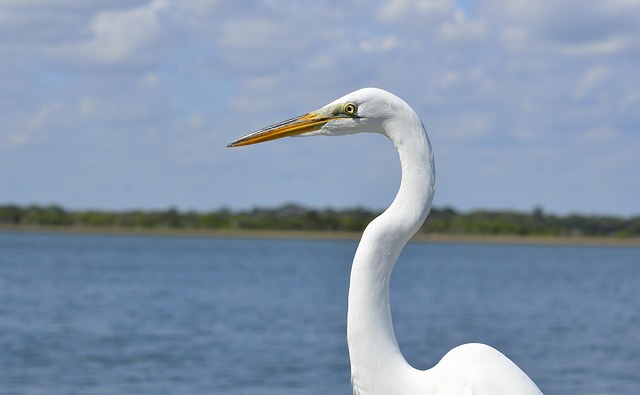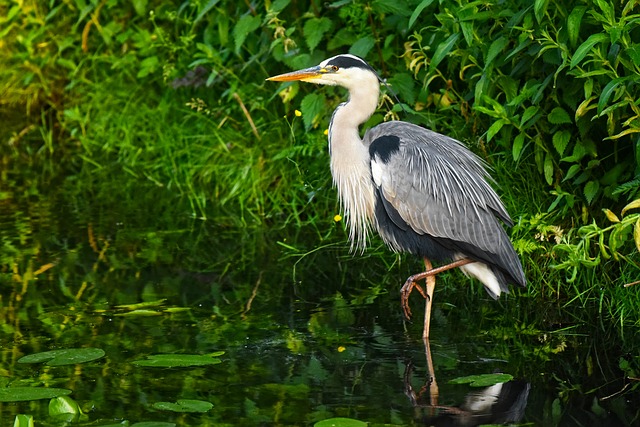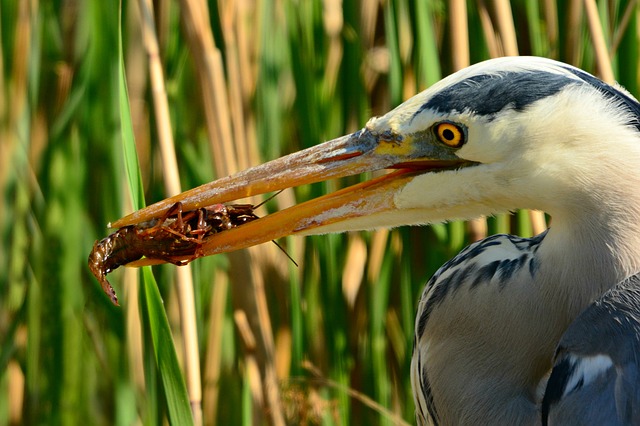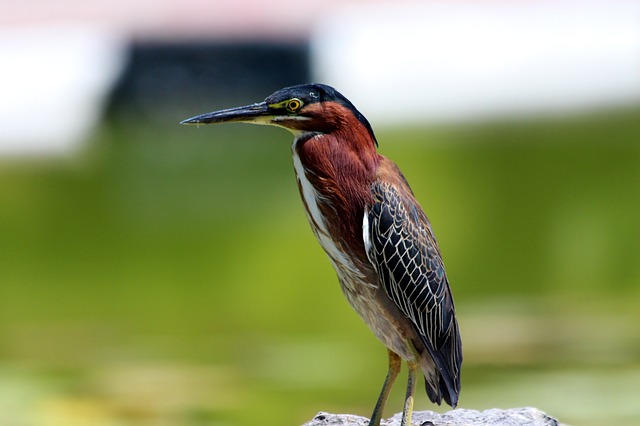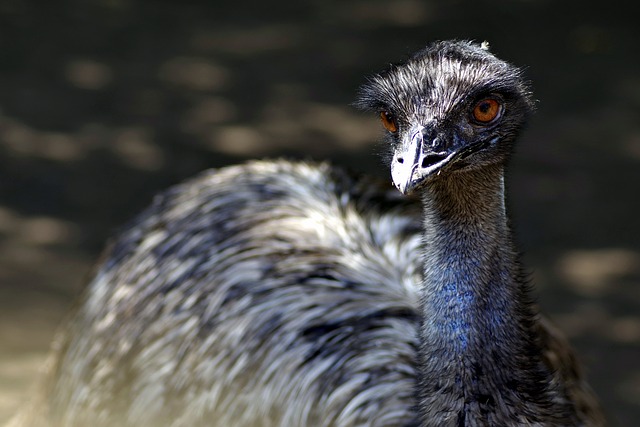
Did you know? One emu egg can make an omelet that can feed up to six adults. Did you know that the emu is the only bird with calf muscles? Can an emu walk backward? Let us find out by exploring some of the most jaw-dropping emu facts.
Emus Have Amazingly Powerful Legs
Emus are the only birds with calve muscles, which enables them to jump 7 feet straight up in the air. With their super strong legs, emus can perform extremely powerful kicks that can maim predators and even tear down metal fencing. Emus are generally not dangerous birds but they are very defensive when it comes to their young ones.
The Emu Is A Naturally-Built Runner
Emu feet are adapted for long-distance running and sprinting. Calf muscles allow them to sustain a speed of 50 km/h with an average 3-meter stride. The emu has three forward-facing toes on each foot. This allows it to firmly grip the ground and helps in thrusting the bird forward.
The Emu is Not Able to Walk Backwards
Most animals can walk in all directions: forward, backward, and sideways. However, animals such as emus and kangaroos cannot walk backward. Some scholars suggest that the emu’s knee joint prevents backward movement.
The Emu Appears With A Kangaroo On The Australian Coat Of Arms
Because emus and kangaroos cannot walk backward, the Australian government decided to use them both on the coat of arms to symbolize the nation’s resolve to always move forward and never back. And of course, these two special animals are also only found in Australia.
More Than 600 Places in Australia Are Named After The Emu
One of the most interesting facts about emus is simply how many places in Australia are named after them, more than 600! These include waterholes, creeks, plains, hills, lakes, and mountains. The emu is a cultural icon of Australia. It appears in various coins as well as the coat of arms. The emu occupied a special place in indigenous Australian mythology.
These flightless Australian birds live in various habitats across Australia both near the coast and inland. The development of agriculture on the east coast of Australia has made emus uncommon there. They are mostly found in Western Australia.
They Belong To The Same Family As Ostriches
Emus are members of the ratite family which also includes other flightless birds such as rheas, cassowaries, and ostriches. These birds are mostly found in Africa and the south pacific.
The Emu Is The Second Tallest Bird On Earth
It is only exceeded by the ostrich. The tallest emus can reach between 150 and 190 cm. Adult emus weigh up to 60 kg. They are the fourth heaviest living bird.
Emus Have Very Small Wings
An emu’s wing is only about 5 to 10 centimeters long. The small vestigial wings of an emu can flap but they don’t aid mobility. Unlike ostriches, they don’t need big wings because predators are less of an issue to emus.
An ostrich needs large wings that can help it change direction easily when faced with African predators such as a lion. The main predators that emus face are dingoes and they can easily outrun dingoes except for young emus.
Emu Eggs Are 8 Times Larger Than The Eggs Of An Average Chicken
But wait, there are several more mind-blowing emu egg facts. A chicken’s egg weighs 60 grams and contains 65% egg white to 35% yolk while an emu’s egg weighs 10 times more (600 grams) and has 55% egg white to 45% yolk. The yolk is the most nutritious part of an egg.
It’s no wonder Australians are buying more emu eggs, they’re more nutritious than chicken eggs and much bigger. Only a single emu egg can be used to bake a cake or create scrambled eggs for three adults with leftover egg still remaining.
The Emu is Equipped with Natural Sunscreen
How does the emu manage to live in hot and arid habitats? One of the lesser-known emu facts is that it is able to keep cool because of its plumage. Emu feathers are shaggy, dark brown, and not streamlined which gives them protection from solar radiation.
The plumage of the emu varies according to the environment and they usually reflect the general hue of their surroundings. Young emus have additional longitudinal tan stripes that provide extra camouflage.
Start Shopping for Birding Supplies!
Raccoon Pictures
Raccoons are easily recognizable by their black face mask and ringed tail. And there are many fascinating things about this intelligent nocturnal species. So we’ve compiled some of the best raccoon pictures to show you just how amazing and unique they are. Raccoon...
Eagle Pictures
Eagles are large powerful raptors with sharp talons and beaks. These apex predators are typically at top of the food chain and there are many interesting things about them. So we’ve compiled some of the best eagle pictures to show you just how amazing they are. Bald...
Nutria Pictures
Nutria are large semi-aquatic rodents from South America. In the United States where they were originally imported for the fur industry, they are an invasive species. Despite their pest status, there are many interesting things about them. So here are some of the best...
Stork Pictures
Storks are tall wading birds with long legs and necks. These amazing birds have many fascinating things about them. And we’ve compiled some of the top stork pictures to help show you just how interesting and beautiful they are. White Stork The white stork has a body...
Alligator Pictures
The American alligator is a large predatory reptile that inhabits the southeastern United States. It’s a fascinating animal with many interesting things about it. And we’ve collected some of the best alligator pictures to help show you just how amazing they are....
How Long Do Great Blue Herons Live?
The life expectancy of birds is known to be closely related to their size. So as the biggest heron species in North America, how long do great blue herons live? The average life expectancy for these large birds is around fifteen years. However, surviving their first...
Where Do Great Blue Herons Live?
The great blue heron is considered to be the most widespread heron in North America. So exactly where do great blue herons live? Here’s what you’ll want to know. Great Blue Heron Range The great blue heron is found throughout most of the North American continent. In...
Where Do Great Blue Herons Nest?
While many of us have seen great blue herons their nesting habits often remain a mystery to most people. That’s because they purposely nest in hard-to-reach places. So where do great blue herons nest? Here’s the answer. A Colony Nester Typically great blue herons nest...
Do Great Blue Herons Migrate?
Do great blue herons migrate? This is something many people wonder about, especially if they’ve seen a heron during the cold winter months. And the answer is both yes and no. Here’s what you’ll want to know. Great Blue Heron Range The great blue heron has a large...
Great Blue Heron Pictures
Few species of birds are as tall, elegant, and attractive as the great blue heron. So we’ve compiled some of the best great blue heron pictures for you to admire and help you to learn more about this amazing bird! Great Blue Heron Head The head of the great blue heron...
What Do Snapping Turtles Eat?
Many people are familiar with the fact that snapping turtles have an incredibly strong bite. They use their strong jaws and sharp beak not just for defense but also for catching food. So what do snapping turtles eat? Here's what you'll want to know. Snapping turtles...
Birds That Look Like Egrets
Egrets are predatory birds that hunt and live in a range of both freshwater and saltwater habitats. These birds are usually white, and have S-shaped necks, long legs, and dagger-like beaks. However, they are often mistaken for several other types of birds that look...
Birds That Look Like Storks
Storks are large wading birds with robust bills and long legs. These tall carnivorous birds are well-known for their wide wingspans and also for building huge nests. However, they are often confused with several other bird types that have a similar appearance. So...
Birds That Look Like Herons
Herons are tall birds with long slender legs and necks. And they often wade in the water when hunting for food. Yet there are several other types of birds that may be mistaken for them. To make things more confusing many of these birds also spend time in the water and...
Great Blue Heron Facts
The great blue heron is named for its size and the grey-blue color on its wings, stomach, and back. This species has many fascinating things about it. So here are the top great blue heron facts. It's The Largest North American Heron The great blue heron is a big bird...
Are There White Herons?
Are there white herons? This is something many people wonder especially after seeing a tall all-white bird. The answer is yes! And here’s a fast introduction to them. A White Color Morph Most people are familiar with the great blue heron, a large predatory and...
Great White Heron Facts
While many people are familiar with the great blue heron, they are often surprised to find out that there’s also a great white heron. There are many things you’ll want to know about this stunning bird. So here are the top great white heron facts. The Great White Heron...
What Animals Eat Herons?
Because of their size and long sharp beaks, it can be hard to imagine that herons have any natural predators. While they do, they definitely don’t have nearly as many predators as most other types of birds. So what animals eat herons? Predators Of Adult Herons For...
What Do Herons Eat?
Great blue herons are often seen slowly wading in shallow water hunting for food. You may have even spotted one of these large birds in your own backyard pond. This leaves many people wondering: “What do great blue herons eat?” And here’s everything you’ll need to...
What Do Green Herons Eat?
The green heron is a secretive and small heron species. What it lacks in size however it makes up for in intelligence. It is particularly well-known for how it uses its smarts when hunting for food. So what do green herons eat? Read on to find out. Meet The Green...
